AO Edited
Tobinodai Shell Midden
The remains of a prehistoric settlement with a museum showcasing fascinating archaeological finds next to modern artworks.
Discovered in 1932, the Tobinodai archaeological site is home to the remains of a prehistoric settlement that dates back to the Jōmon period, about 7,000 years ago. It is notable for being the first site in Japan to have a roana, or hearth-pit, which shed a light on domestic life in the Neolithic.
Collected from the many layers of the Tobinodai shell midden during the four excavations between 1977 and 1993 were hundreds of earthenware vessels, ancient idols, and a variety of bones, now showcased at the on-site museum alongside artifacts from other archaeological sites in the neighborhood.
One of the most interesting exhibit here is perhaps the life-size model of a Jōmon dog, an extinct breed believed to be the ancestor of the modern Shiba Inu. Affectionately nicknamed Tobimaru, the reconstruction is based on the skeleton excavated from the nearby Fujiwara-Kannondo shell midden site, which is also on display. The remains were originally buried 3,000-4,000 years ago, proof that he was loved by his humans.
Also exhibited is a pair of human skeletons, (the replica of) an intriguing find from the Tobinodai site. Buried beneath the midden, the remains were found locked in an embrace, similar to the famous Lovers of Valdaro. Though thought-provoking, it is uncertain whether they were lovers, siblings, or a married couple, and the cause of their deaths is not yet known.
When it comes to archaeological artifacts in the collection, a pair of pottery handles from the Ebigasaku shell mound stand out in particular. Sculpted with stylized human face designs in different styles, one of them has narrow eyes with prominent brows while the other’s face is heart-shaped and concave with larger eyes. Together, they served as inspirations behind the mascots of the museum, Ebizō-kun and Totte-chan (totte means “handle”).
Another fascinating aspect of the museum is that works of modern art, inspired by Jōmon culture and largely created by local artists, are showcased throughout its building. Not only is there a space for temporary exhibitions on the first floor, but also on the upper floors; many of them are on display right next to prehistoric artifacts, contrasting the art styles of then and now—but also highlighting things that don’t change.
Know Before You Go
The archaeological park, along with the museum, is open every day except Mondays from 9 a.m. to 5 p.m. It can be accessed from either Shin-Funabashi Station or Kaijin Station.
Admission to the Shell Midden Museum is 110 yen. If you want to take pictures inside, you’ll need to sign a permission paper (only your name and phone number are required) at the reception. Note that most of the modern art exhibits are not permanent and constantly changing.

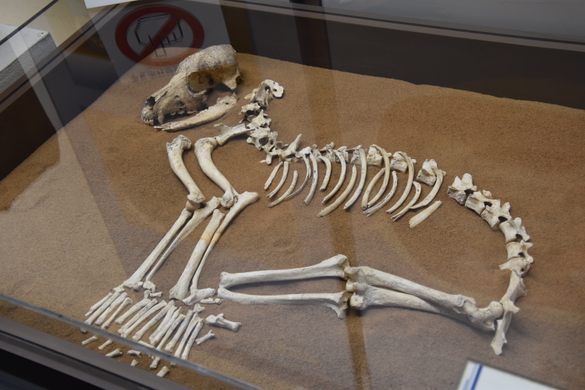
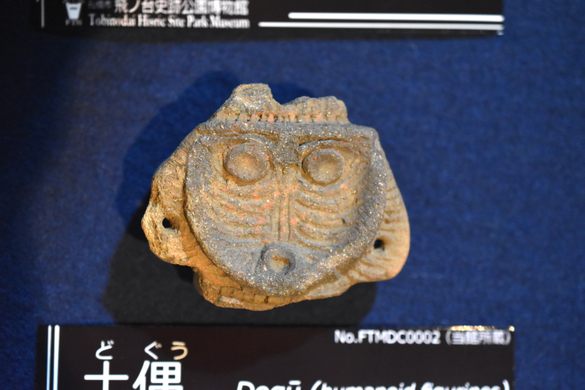
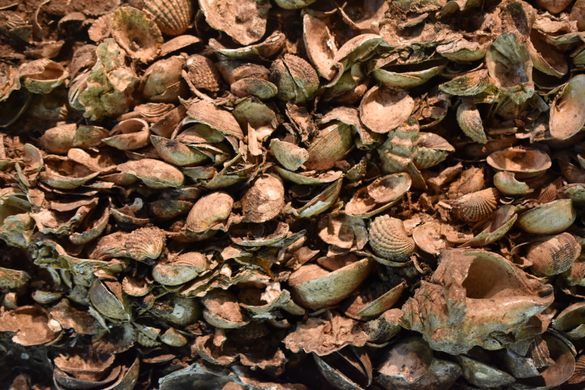
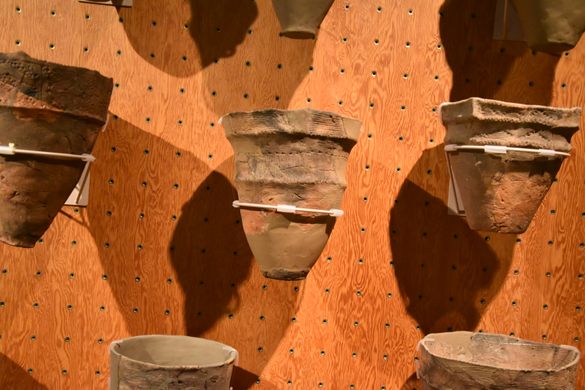
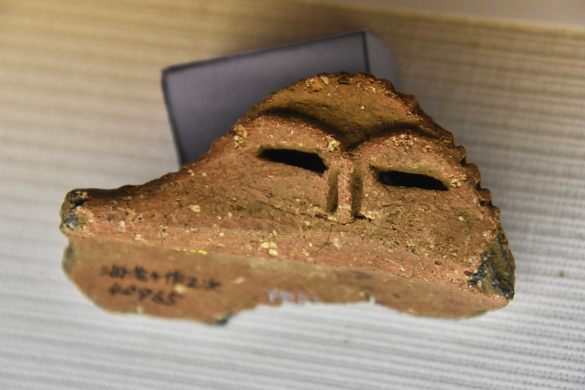
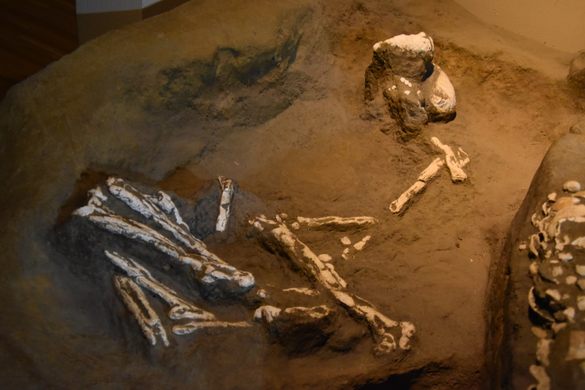

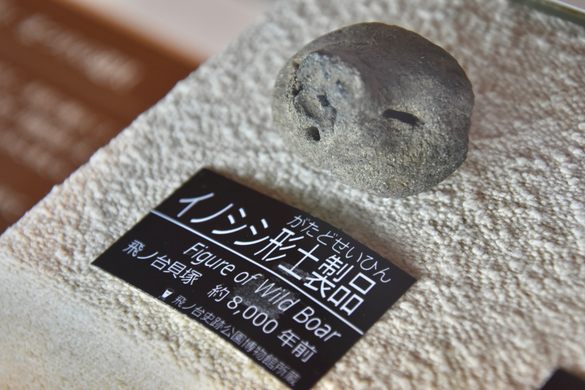
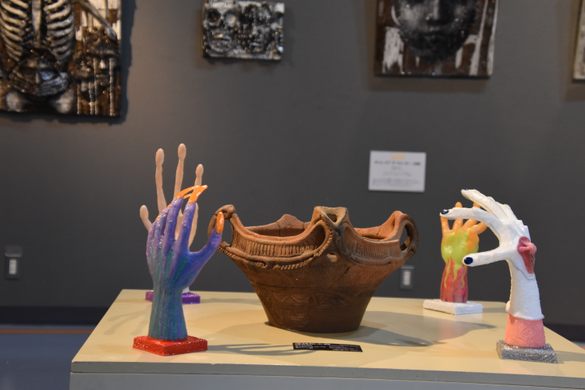
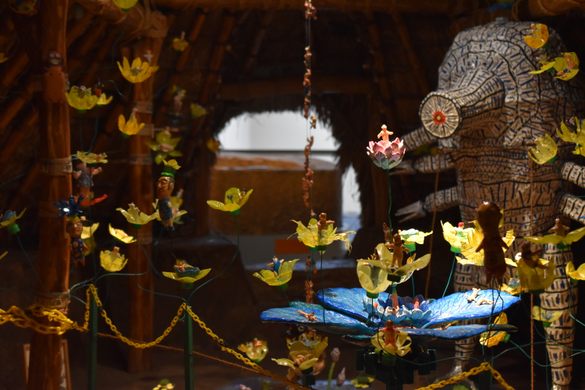



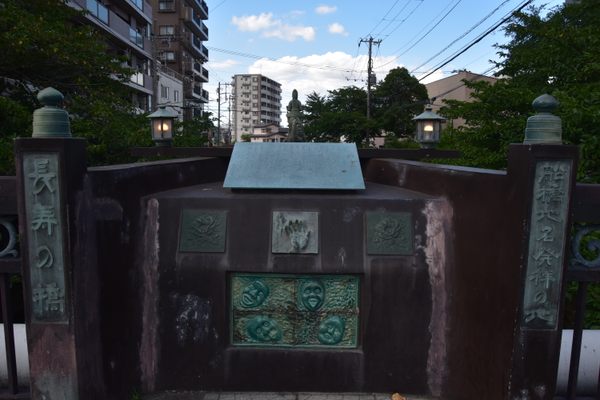


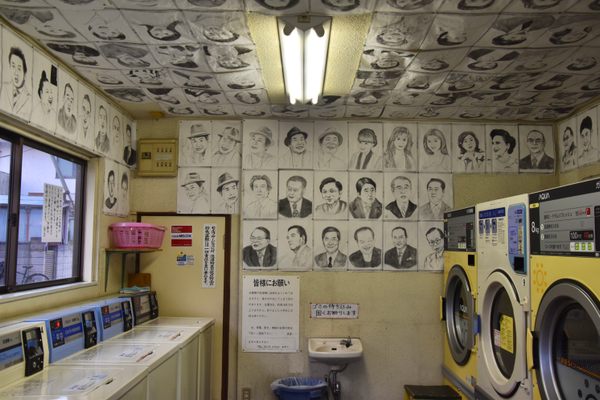

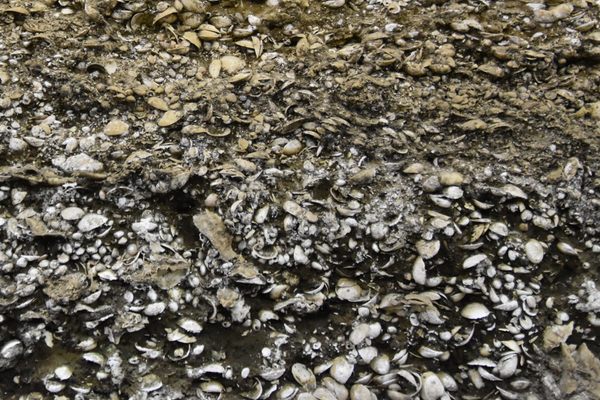

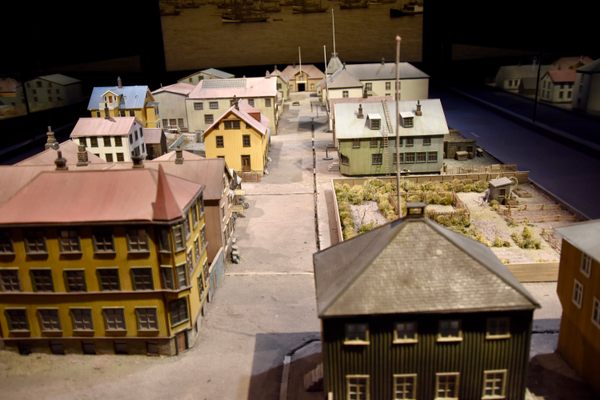

Follow us on Twitter to get the latest on the world's hidden wonders.
Like us on Facebook to get the latest on the world's hidden wonders.
Follow us on Twitter Like us on Facebook